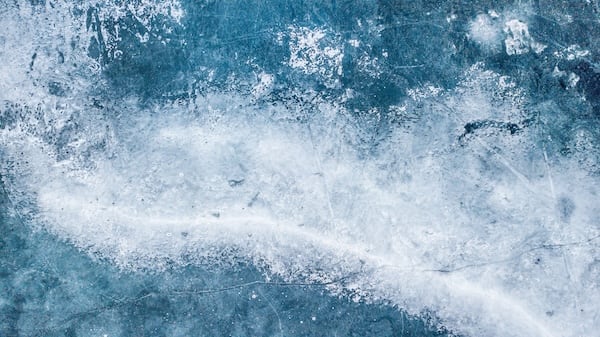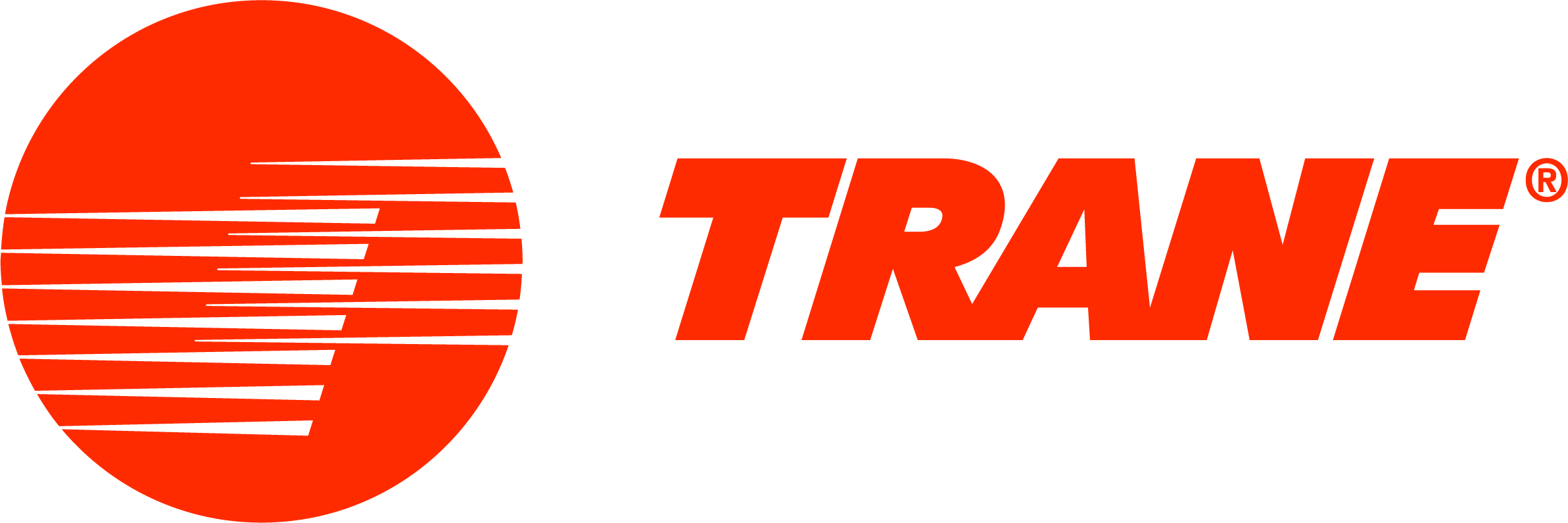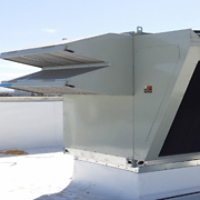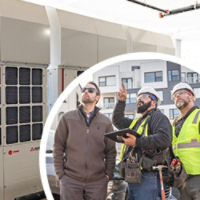Variable Refrigerant Flow (VRF) for Wintry Weather: Six Cold Climate Approaches
This white paper discusses six options contractors and engineers can use to solve derating challenges, even in climate zones 5 and 6.
3. Sole-source sizing based on heating—oversizing standard VRF systems for extra heating capacity. When using this approach, the designer will likely need to oversize the indoor units as well as the outdoor unit. Otherwise, the indoor units will be unable to use the extra capacity. Be mindful of heating derates as found in the VRF manufacturer’s selection software or engineering manuals when using this method.
4. Oversize DOAS system—a dedicated outdoor air system (DOAS) is typically designed to supply room-neutral air (between 70°F and 75°F) but could be upsized to provide additional heat. With the use of a recirculation air damper, an oversized DOAS can be used for emergency heat or morning warmup during winter.
5. Install outdoor unit inside—limiting derating and weather impacts during severe cold by installing air-source condensers inside the building. In this scenario, air-source condensers are installed in a mechanical room that serves as a recirculation air plenum or a pass-through air plenum, depending on the outdoor temperature. This approach can be expensive due to the number of dampers and louvers required but it allows the facility to locate auxiliary heat in a central location.
6. Water-source VRF systems—available as heat pumps or with heat recovery, water-source VRF systems are designed for indoor use and deliver greater efficiency and have less derating. It takes less energy to extract heat or reject heat into or out of water, compared to air. Also, a water loop offers a more refined and controlled temperature range, generally between 60°F and 90°F.




